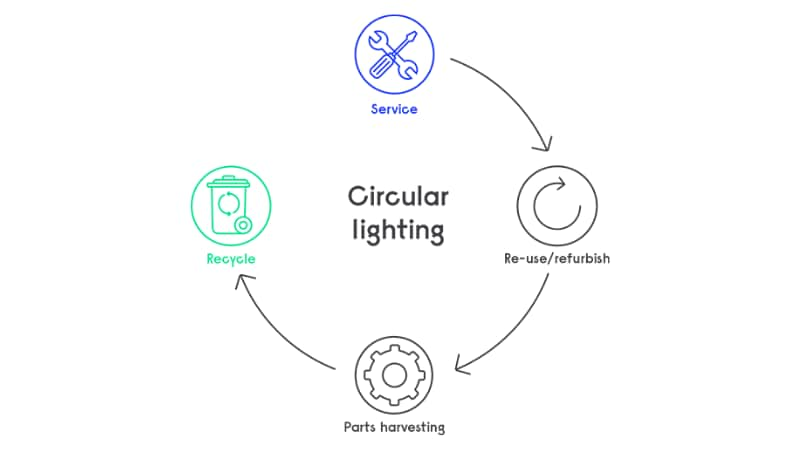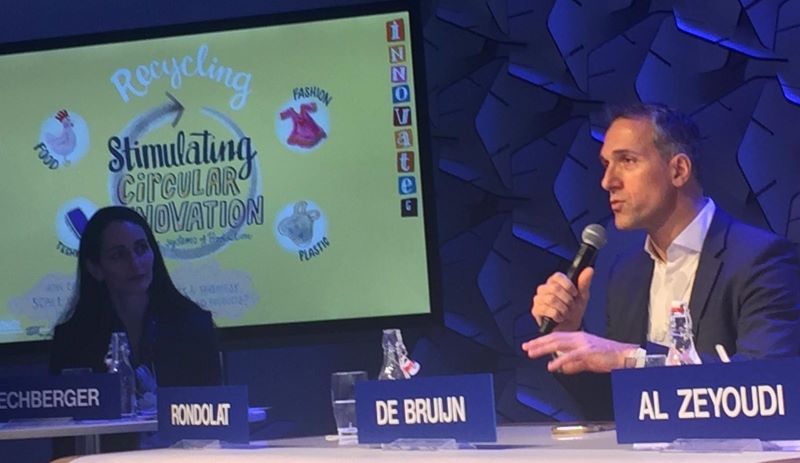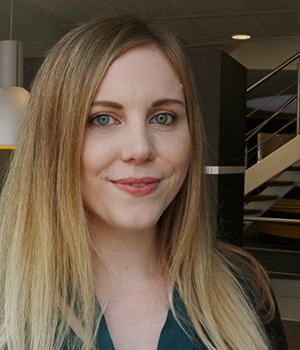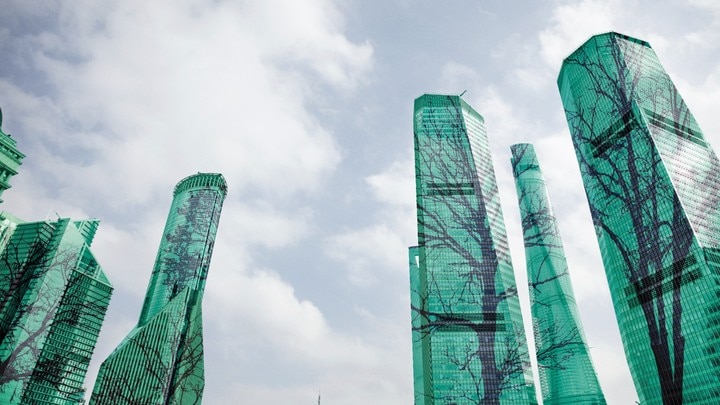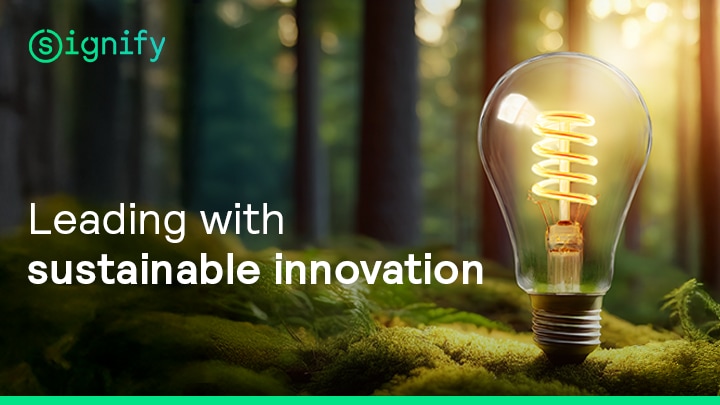There’s more to waste reduction than reducing packaging or creating longer-lasting products. In horticulture, farms equipped with Signify’s horticultural lighting can produce crops in small spaces under optimal light conditions, eliminating pesticides and drastically reducing the use of water, one of the world’s most precious resources.
Innovations like 3D printing allow products to be manufactured close to their destination, reducing the carbon footprint of their journey to the customer.
The challenge is that current procurement policies – most notably in the public sector – focus only on obtaining the lowest initial cost. They rarely factor in the lifestyle impact of the product, the use of resources, or the potential for goods to be recycled. This one-dimensional measure of value too often means that the public loses out on projects that will bring long-term value, widespread economic gain, and broader societal benefit.
For Signify, the World Economic Forum isn’t just a talking shop, but a platform for concrete action. With some of the most influential minds in the world seeing the benefits of sustainable lighting, this could be the launchpad for a whole new way of thinking about our global resources.
